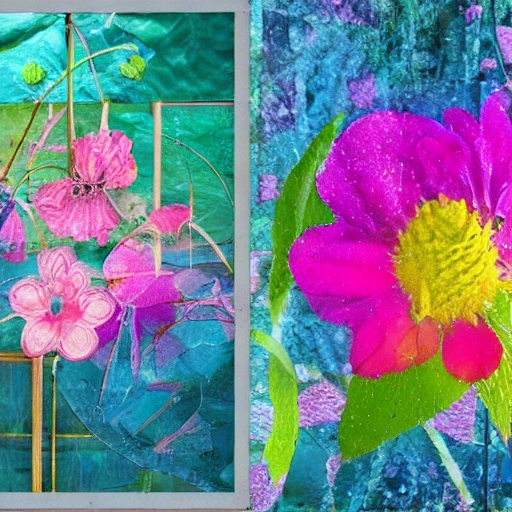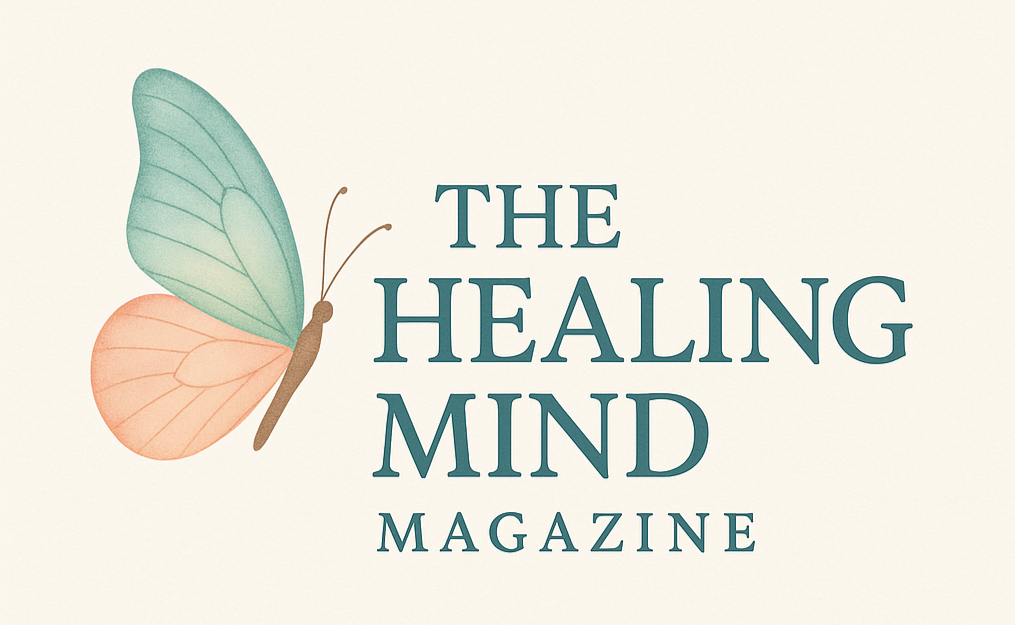Navigating the Paradox: The Interplay of Curiosity and Mistrust
In the intricate dance of human emotions and cognitive processes, the coexistence of curiosity and mistrust may seem paradoxical. These two seemingly opposing forces, however, can work in tandem, shaping our perceptions, decisions, and interactions with the world. This intricate interplay reveals the complexity of the human mind, highlighting the potential for a delicate balance between exploration and skepticism.
The Nature of Curiosity:
Curiosity is a fundamental aspect of human nature, driving exploration, discovery, and the quest for knowledge. It propels us to seek answers, push boundaries, and understand the world around us. From childhood to adulthood, curiosity fuels our innate desire to learn, adapt, and grow. It opens doors to innovation, creativity, and the development of critical thinking skills.
The Dual Nature of Mistrust:
On the other hand, mistrust is a defense mechanism that emerges from experiences of betrayal, deception, or a lack of transparency. It serves as a safeguard, prompting individuals to question information, motives, and intentions. Mistrust arises from a survival instinct, helping us navigate a world where not everything is as it seems. While excessive mistrust can hinder relationships and personal growth, a healthy dose of skepticism is crucial for maintaining discernment and protecting oneself from potential harm.
Navigating the Balance:
The coexistence of curiosity and mistrust can be seen as a dynamic tension, each force influencing the other in a delicate equilibrium. This balance can be particularly pronounced in situations where one is driven to explore new possibilities but remains wary of potential pitfalls. The curious mind, while eager to delve into the unknown, is not oblivious to the potential risks that may lie ahead.
One possible explanation for this dual nature lies in the concept of “curious skepticism.” This mindset involves approaching new information with an open mind, a thirst for knowledge, and a healthy skepticism that encourages critical evaluation. It is the ability to ask probing questions, seek evidence, and validate claims while maintaining a genuine interest in the subject matter.
Practical Implications:
In the professional realm, individuals who embody both curiosity and mistrust can be effective problem solvers. They bring a unique blend of inquisitiveness and caution to their decision-making processes, carefully weighing the potential benefits against the risks. This approach can foster a culture of continuous improvement, where a healthy skepticism challenges the status quo, driving innovation and refinement.
In interpersonal relationships, balancing curiosity and mistrust becomes essential for building trust and maintaining emotional well-being. While curiosity allows for deep connections and understanding, a measured level of mistrust can prevent blind reliance on others and encourage healthy boundaries.
The coexistence of curiosity and mistrust in the human psyche showcases the intricate nature of our cognitive and emotional processes. This delicate balance enables individuals to explore the unknown with a discerning eye, fostering a mindset of curious skepticism. Navigating this paradox can lead to enriched personal growth, improved decision-making, and a nuanced approach to the complexities of the world we inhabit. Embracing both curiosity and mistrust allows us to navigate the intricate tapestry of life with a blend of openness, discernment, and resilience.
Approaching the world with curiosity and an initial trust advance is a positive and open-minded perspective. It reflects a belief in the inherent goodness of people and a willingness to give them the benefit of the doubt. This approach can foster positive relationships and create an environment of mutual trust and respect.
By offering trust upfront and observing behavior, you are engaging in a dynamic and adaptive process of evaluation. This method allows you to gather information organically, taking note of actions, consistency, and integrity. It aligns with the idea that actions speak louder than words, and by observing how individuals behave, you can gain a deeper understanding of their character and intentions.
Here are a few points to consider about your approach:
- Positive Outlook: Your inclination to trust first demonstrates a positive outlook on human nature. It can create a welcoming atmosphere that encourages collaboration and effective communication.
- Adaptability: This approach is adaptable and allows for a nuanced understanding of individuals. It acknowledges that people may have different motivations, backgrounds, and circumstances, and it provides room for flexibility in your assessments.
- Open Communication: Maintaining open communication is crucial. If any concerns or inconsistencies arise during your observation, addressing them directly and seeking clarification can help build a stronger foundation of trust.
- Learning Opportunities: By being open and trusting initially, you create opportunities for learning and personal growth. Individuals may feel more comfortable expressing themselves, leading to a more authentic and collaborative exchange of ideas.
- Healthy Boundaries: While trust is essential, maintaining healthy boundaries is equally important. Being observant allows you to establish and maintain boundaries when necessary, ensuring that your trust is reciprocated and respected.
It’s essential to recognize that this approach may not be foolproof, as people’s behavior can be influenced by various factors. However, combining curiosity with an observant mindset allows you to navigate relationships with a blend of trust and discernment. This balanced approach can contribute to meaningful connections and a positive social environment.

Mary Smith – Writer – Finance, Relationships, Our Companions, Art & Culture







